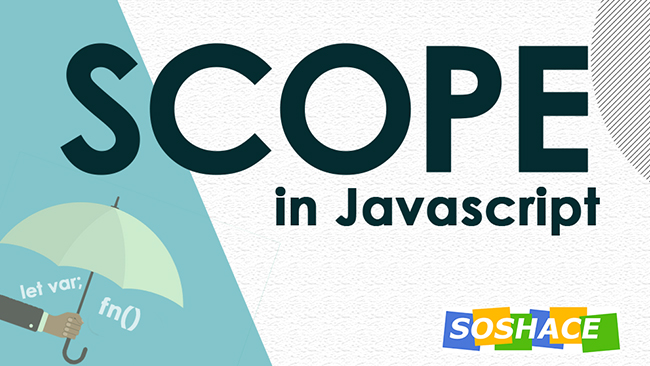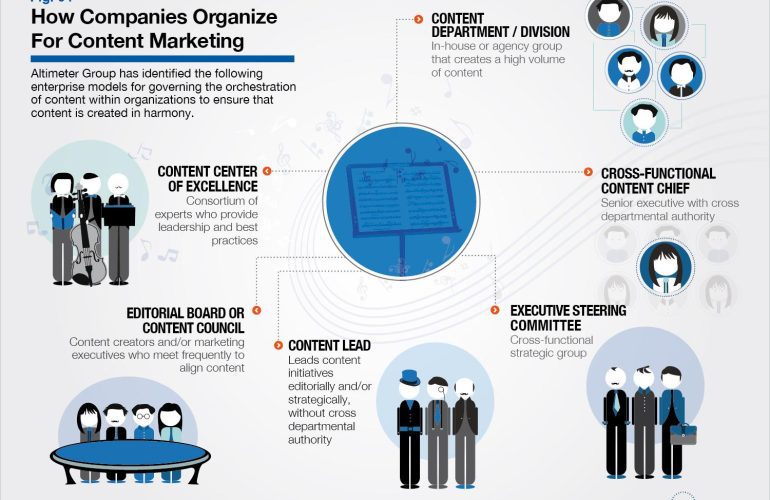
No one likes the administrative side of the business. You might be an exception though (if you’re a lawyer or an accountant), but honestly, the majority of people seldom crave for more paperwork than they already need to deal with. Doesn’t matter if you’re a programmer or an entrepreneur, there would be times when you need to sign some sort of contract or an agreement. Now, you might hire a lawyer, and that’s fine, but assuming you still want to try and tackle the writing of a contract yourself, you’d want to know what to include in it and things to avoid. In this article, we’ll look at some of the best practices to save you time and money. We’ll cover the major sections pertaining to a standard web development contract, and see what’s best to include in those parts. Again, I am not a lawyer, I’m just speaking from experience and research that I’ve done in preparing this material.
Development Services
This section deals with the services that you intend to provide for your client or the services you’d expect from your developer: might be website design and development, programming, coding, consulting services, testing, integration of the software with active software products, or any other services you’d agree with your party. Include the clause that the developer undertakes the rendering of those services, while the client undertakes to accept those services and pay for the deliverables.
Period of Agreement
It’s always good to have boundaries, but it’s also important to fuse in some sort of dynamic scenario into your agreement. For example, you might state that the initial term of the agreement is bound by one year, but can be extended at any time with mutual consent of the parties who agree by either email or phone to organize additional works as an extension to the agreement and assign an appendix describing the scope and terms of those works.
It’s also important to include the start date and, if a contract’s bound by one year, specify the estimated end date.
Fees

Whether you’ve agreed on hourly-based rates or fixed and flat fees, you should incorporate those terms in defining the development time. For example, the development time might be the number of hours spent on the development services determined by the time-tracking system.
In fees, the developer can also include all the costs associated with development services that the client needs to attend to, for example, annual web hosting and audit fees, purchasing additional materials or outside services (images, CMS extensions, hardware, software, cloud services). Also, if something might be deemed as an above hourly rate fee, like changing someone else’s code, it should be also incorporated herein. If you’re a developer, see if meetings and calls can be billed, if not, include this condition within the provision for what constitutes a billable time. Also, see if all the fees associated with taxes and other levies are excluded from your hourly rate and the client is fully responsible for them.
Specify the payment method you deem the most acceptable and convenient: credit/debit card, wire/money transfer, Paypal, check, etc. Include the provision that all markup payments and fees owed to the bank or third parties for transfers must be paid by the client.
The payment schedule should specify if something is being paid in advance, per week, per month, upon completion of the works and services, or within the specified reporting period. If you use the latter, then you’ll need to clarify what that reporting period is in the next section.
Also, specify the currency which you’d like to be paid in.
Acceptance of Services
Define the reporting period per which you’d like to bill for your services or accept the works and services provided by the developer. For example, the reporting period might be a month; the invoices are to be sent within two business days after the reporting period is completed, and the client’s acceptance or non-acceptance shall be another two days after the receipt of the invoice.
In case the client doesn’t accept the services, they need to provide the note of substantial refusal; in turn, the developer needs to rectify all the deficiencies outlined by the client within the shortest time possible (you can specify the further timeframe of two or three business days). If the client doesn’t provide any notes of refusal, the services are deemed to be accepted. Also, if the payment is not received within a certain period (like 15 days, for example), the developer has the right to suspend the services to the client, until the client pays the sum owed in full. Also, you might stipulate the condition when the client pays interest on any amount due per calendar or business day of delay.
Test Period
If you’re a client, you might want to incorporate a test period section within the agreement, when you can assess the developer’s knowledge and skills, as well as the deliverables within the certain trial period. You shall be entitled to reject any services with the least amount of payment if you find the work unsatisfactory or deficient.
Payment Guarantees: Non-Payment
Payment guarantees section might include the provision of a non-payment. If nonpayment is purposeful and cannot be resolved either by email or phone, then the developer reserves the right to take the site down or disable some or all parts of the website as they see fit.
Confidentiality: NDA
Any data or information obtained by the developer when performing or rendering services under the agreement should remain confidential if not explicitly stated otherwise. The confidentiality agreement should survive the expiration or termination of the agreement. However, such obligations should not be applied to the information that was rightfully received from a third party without disclosure restrictions; independently developed by the employees of the receiving party who didn’t have access to the confidential information; that becomes publicly available without any wrongful acts; or that is approved for release in writing by an authorized representative of the disclosing party.
Intellectual Property
All deliverables (machine-readable code, source code, documentation, information, software) are owned by the client with all corresponding copyrights and exclusive rights to the deliverables. Any work delivered within the agreement is the sole property of the client. However, if you’re a developer and if a client wants you to write that they own all the code, you might want to stipulate that neither the client nor the developer retains any rights related to the open-source code.
Liabilities
The developer should acknowledge the full liability for the quality and delivery of the services, as well as for any consequences that may arise from the provision of the development services in the amount not more than the fees paid to the developer. However, if you’re a developer, you may want to include a provision stipulating that the software, code, products, or services described and delivered according to the agreement are not meant to be error free. Also, consider adding that in no event the developer should be liable for any lost data, content, corrupted data or content, lost profits or business reputation, and other indirect or incidental damages.
Force Majeure
This one is easy, force majeure should be defined as flood, fire, earthquake, other acts of God, like an epidemic, military actions, etc., any events which neither parties could foresee, prevent, or avoid. Either party should be excused from the performance under such conditions for the period established by the law applicable to the respective party.
Termination
Each party can terminate the agreement provided they send a prior written notice to the other party informing them of their will to terminate the agreement. The notice and termination are deemed accepted after five (or any other number of) business days after delivery.
Form of the Agreement
Include the information pertaining to sending and signing of the agreement: it might be sent via fax or email or any other means that determine the high degree of certainty that the other party has received the agreement and signed it.
Dispute Resolution

Include the governing law of the country you or your party reside in, for example, it might be the United States, and further, the state of Texas (or any other state). Add that the parties would attempt to resolve any dispute through negotiations first, and if they are not able to resolve the dispute, then either party may commence mediation or binding arbitration through the relevant court of law. Include the provisions for the applicable fees, for example, who shall be entitled to recover attorney’s fees and costs associated with the proceedings.
Conclusion
Hopefully, we’ve covered all the questions you might have had before embarking on reading this article. If you have something interesting to share, a case you’ve encountered, please, feel free to do so in the comments. It’s always best to prepare yourself for the worst case scenarios, so try to incorporate as many stipulations in the agreement as you can to protect yourself.






